Chaenomeles speciosa (Flowering or Japanese Quince)
Botanical Information
| Family | Rosaceae |
| Genus | Chaenomeles |
| Species | speciosa |
| Category | Woody |
| Type | Shrub (deciduous) |
| Origin | Eastern Asia. |
| Ethnobotanical Uses Disclaimer | Fruit can be cooked as used in jams and jellies. |
| Pronunciation |
Details
| USDA Hardiness Zone | 4 - 8 |
| USDA Hardiness Ref. | |
| Canadian Hardiness Zone | 2a - 8a |
| Canada Hardiness Ref. | |
| RHS Hardiness Zone | H4 - H7 |
| RHS Hardiness Ref. | |
| Temperature (°C) | -10 - (-20) |
| Temperature (°F) | 14 - (-4) |
| Height | 1 - 3 m |
| Spread | 1 - 5 m |
| Growth | Medium |
| Flowering Period | May, June |
Description and Growing Information
| Shape | Dense and broad-rounded. |
| Landscape | Borders, hedges and specimen plant. |
| Propagation | Seed and cuttings. |
| Cultivation | Full sun and partial-shade. Moist, well-drained sandy, loamy and clay soils. Prune immediately after flowering. Drought tolerant. |
| Pests | Susceptible to fungal leaf spot, fireblight and scab. Aphids can cause significant damage. Lesser pests include scale and mites. |
| Notable Specimens | Kings Park and Botanical Garden, Perth, Australia. |
| Bark/Stem Description | Tangled and spiny twigs. |
| Leaf Description | Finely-toothed, oval to oblong leaves that are 8 - 9 cm long. |
| Flower Description | 5-petaled flowers, 5 cm in diameter. The flowers bloom before the leaves full unfold in a showy bloom. |
| Fruit Description | Hard, dot-speckled, edible fruit that are rather bitter when eaten fresh. 6 - 7 cm in size. |
| Colour Description | The twigs are a greyish-brown. The leaves are dark green. The flowers are a scarlet red colour and sometimes appear a pinkish-white. The fruit is yellowish-green. |
| Texture Description | Medium texture. The leaves are glossy in appearance. |
Photographs
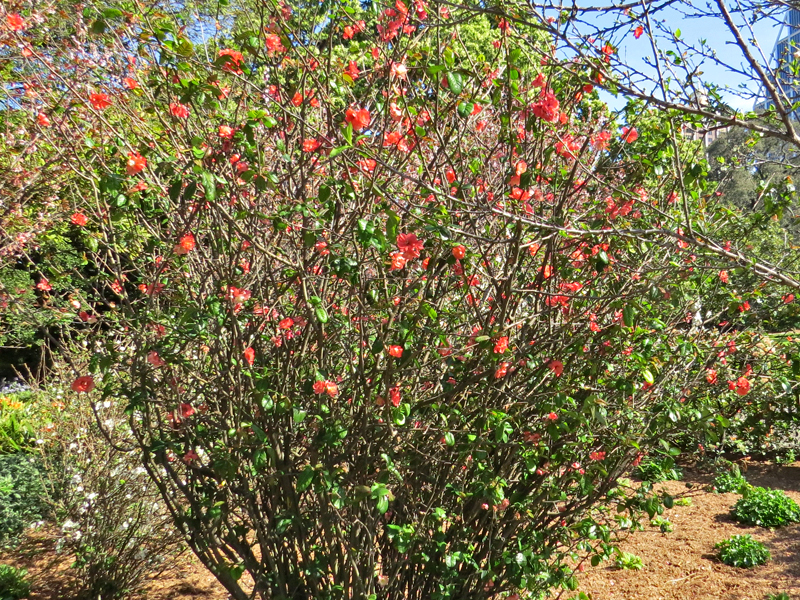
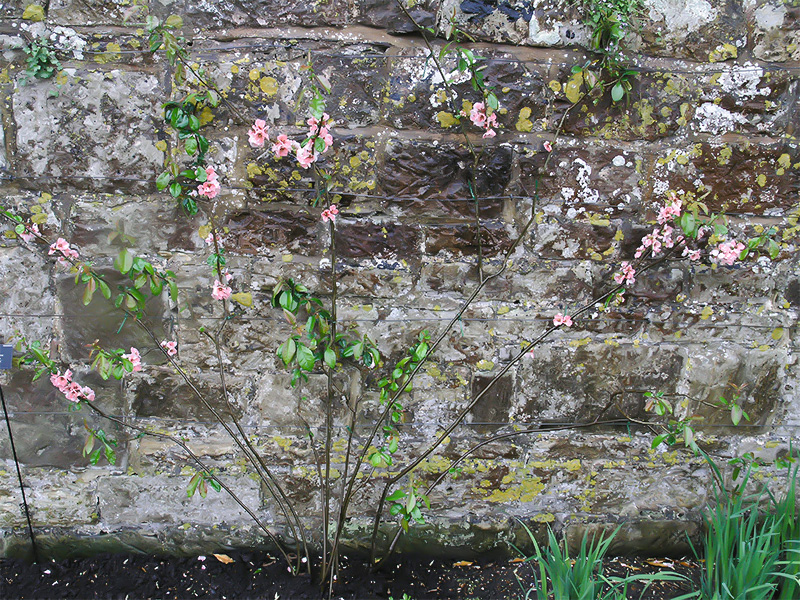
Chaenomeles speciosa 'Moerloosii' at Wakehurst Place, Ardingly, West Sussex.
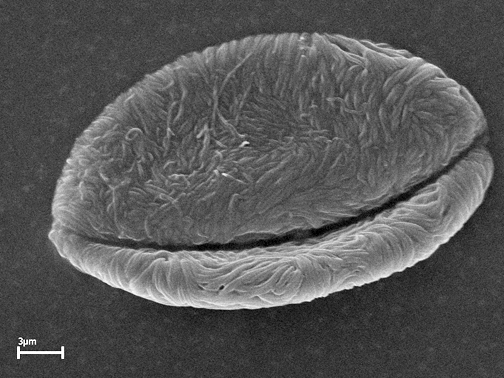
Scanning electron microscope image of pollen grain.
Chaenomeles speciosa ‘Nivalis’
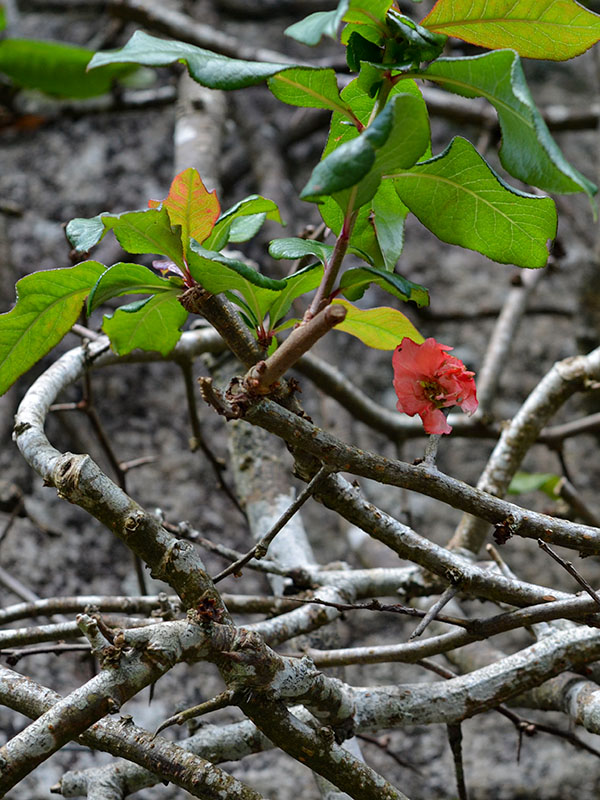
Chaenomeles speciosa ‘Phylis Moore’. Lanhydrock Gardens, Cornwall, England. 16/10/2019.
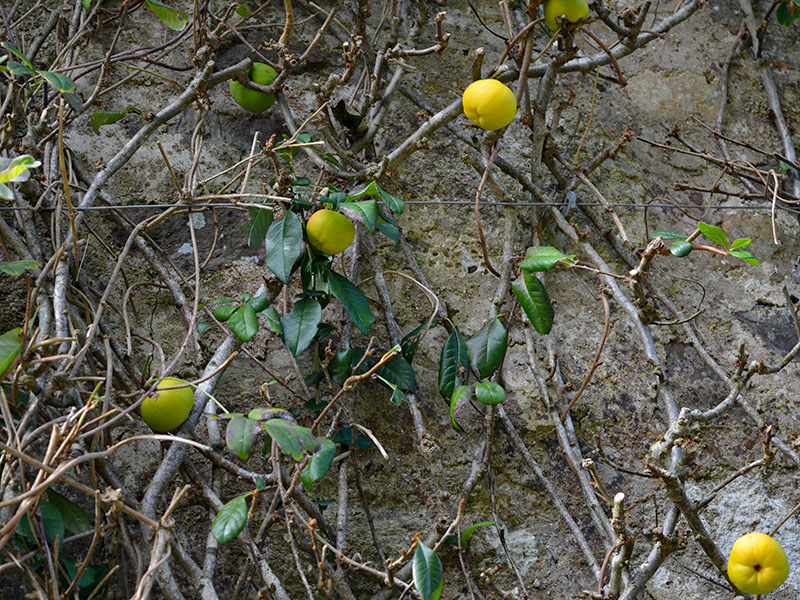
Chaenomeles speciosa ‘Brilliant’. Lanhydrock Gardens, Cornwall, England. 16/10/2019.